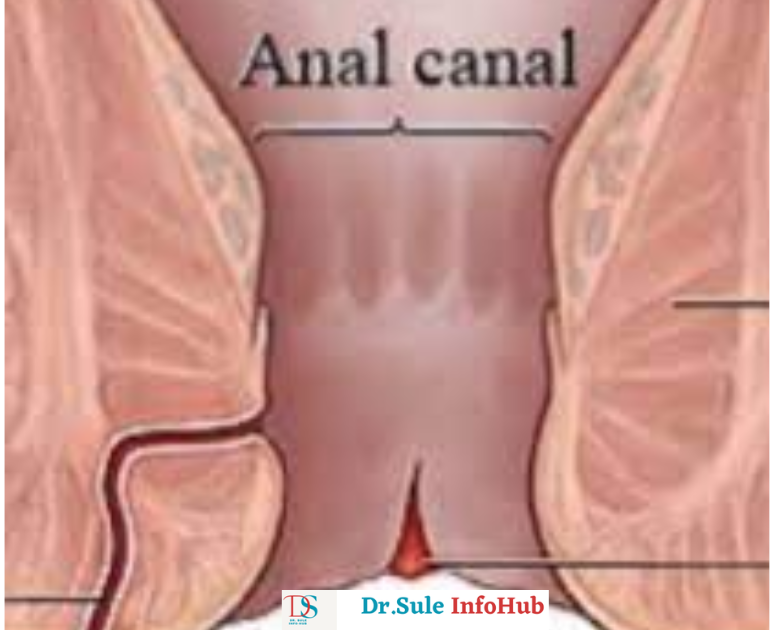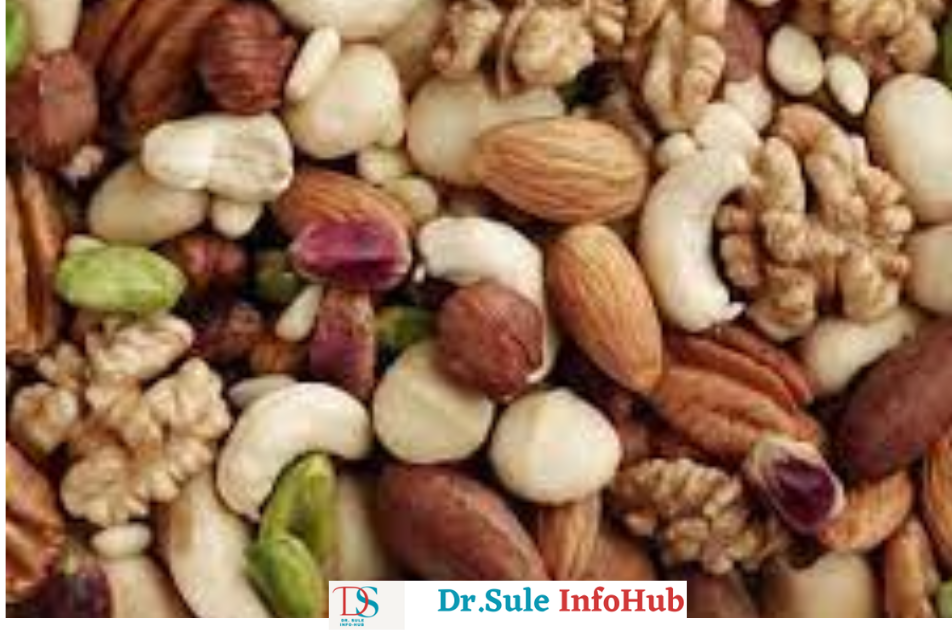Fungal Infection is a Skin disease caused due to fungus so- it is called a fungal infection. It is also called as mycosis or candidiasis. This organism can affect every part of the body externally as well as internally. This infection is widespread in India; every second person is affected by this disease in India. We will see how to recover from a fungal infection. Some fungal infections are not harmful but some are serious and are life-threatening conditions. In this article, we are going to see the Causes, Types, Signs and symptoms, Preventive measures, and treatment of fungal infection. As this disease is very commonly found all over the world, although it is mainly seen in Hot Climates, Humid conditions, etc. Anyone can get infected by fungal infection through skin-to-skin contact as it is highly contagious.
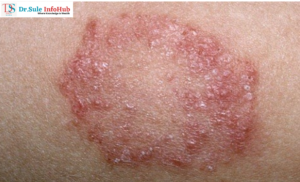
Prevalence of Fungal Infection:
- Immuno-compromised persons with HIV/AIDS, Cancer, and who are on term steroids,
- Diabetic Patients are at high risk to get infected due to their low immune system.
- Very young and very old persons are at high risk of fungal infection.
- Causative Organisms: Candida, Aspergillus, Cryptococcus, Histoplasma, Pneumocystis,
- and Stachybotris are some causative organisms of fungi. Also, some yeasts and molds also cause
- fungal infection
Types of Fungal Infection:
A) Depending on the site of infection Fungal Infection of Mainly 3 types
1. Superficial or mucocutaneous :
1.1. Ringworm or Dermatophytosis is an infection of the skin, hair, or nail depending on the site of infection these have various names like
1.1.1. Tinea Pedis or Athlestes foot: infection of the foot.
1.1.2. Tinea Cruris or Jock Itch: Infection of Groin and inner thigh.
1.1.3. Tinea Manuum: Infection Hands.
1.1.4. Tinea Barbae: Infection of facial skin or around the beard.
1.1.5. Tinea Corporis: Infection on other parts of the body.
1.1.6. Onychomycosis: an infection of Nails of the foot or hands
1.1.7. Oral Thrush: infection of inner mucosa of buccal Cavity.
1.1.8. Vulvovaginitis: infection of mucosal membrane of vagina and vulva.
1.1.9. Tinea or Pityriasis Versocolor: commonly infects shoulders, back and upper chest.
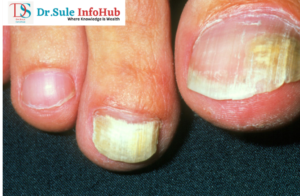
2. Subcutaneous:
A fungal infection that infects below the skin or blows the mucous membrane. The infection gets into the skin due to cut wounds, scratches, or incision marks. These are also of the following types.
3. Deep fungal infection:
Deep fungal infection is the infection to inner parts of the body like Lungs, Brain, Blood, urinary tract, etc. If not treated these are life-threatening conditions. These include
3.1. Aspergillosis: usually affects the lungs
3.2. Histoplasmosis
3.3. Blastoplasmosis:
3.4. Invasive candidiasis:
3.5. Fungal Keratitis
3.6. Pneumocystis pneumonia:
3.7. Mucormycosis:
3.8. Cryptococcosis: etc
Signs and symptoms of Fungal Infection:
Superficial and subcutaneous fungal infections show skin symptoms like
1) Itching.
2) Hyper-pigmented or hypo-pigmented skin
3) Round or irregular border around the infected area.
4) Some may have watery discharge in the infected area
5) Skin discoloration
6) Some may have blisters in the infected area.
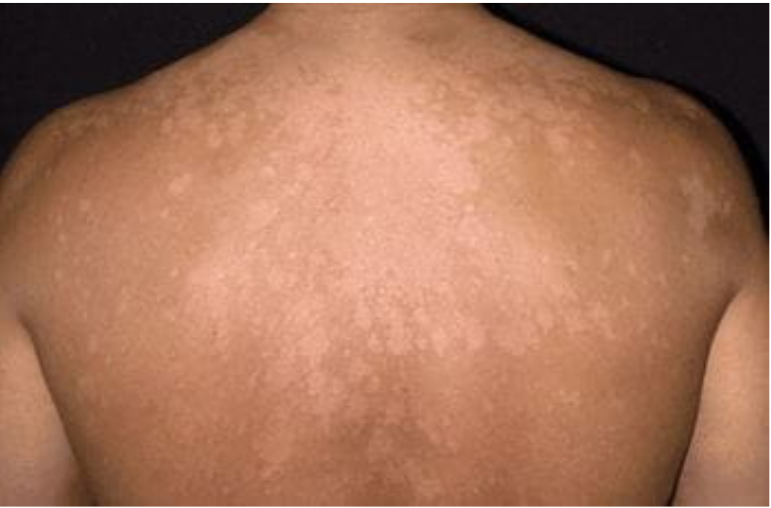
Deep fungal infection has different symptoms according to the site of infection.
1) Lung: Aspergillosis and mucormycosis are the commonest lung infection in which a person may have breathlessness, cough, shortness of breath, Low SPO2, etc
2) Brain: usually Cryptococcosis or invasive candidiasis causes brain fungal infection to show meningitis-like symptoms.
How to prevent Fungal Infection?
We can prevent fungal infection using the following lifestyle methods
1) Keep your skin dry and clean after bath, shower, or doing any work, especially folds of the skin.
2) Do not share towels, or baths in public places.
3) Always use dry, clean clothes.
4) Do a bath after exercise, heavy work as sweating and other moist conditions increases the risk of fungal infection.
5) Use good hygienic practices like hand washing techniques etc.
6) Use a mask in dust, heavy crowd areas, etc.
Diagnosis of Fungal Infection:
- Superficial and subcutaneous fungal infections are generally diagnosed by signs and symptoms only and on the site of infection.
- In some cases, a doctor will take skin scrap samples for culture for specific fungi.
- Blood Tests for Fungal Infection: Blood tests are usually not needed but in some cases, it is done for specific fungi identification only.
- Imaging technique:
- A doctor will do an X-ray or HRCT Chest for diagnosis of lung fungal infection.
- CT Scan of the Brain, or MRI for Brain fungal infection.
- When to seek Doctor for fungal infection:
- Any person with Itching on a specific part of the body for more than 2 to 3 days should take medical
- advise, if you have breathlessness, shortness of breath, wheezing, or headache you should reach your doctor for expert advice.
Home Care or home remedy for Fungal Infection:
- Garlic -It has Antifungal properties. Take 3-4 cloves of Garlic and crushed it. put it daily on the infected part.
- Coconut Oil-It contains Fatty acid. It works like a natural fungicide. Please put it on the infected part daily 3 times.
- Turmeric also has Antifungal properties. Mix turmeric and honey and paste it on the infected area.
Treatment-
- Keep skin clean and dry.
- Apply Antifungal cream.
- Don’t apply a bandage over it.
- If an infection is deep then take the help of your doctor. he will give you Antifungal medicine.
What precautions should we take to prevent infection from spreading?
- Wash your all clothes, and towels with hot water.
- Don’t share your clothes with others.
- Wash your basin, and bathroom floor well daily.
- Avoid sharing your personal items.
- Maintain personal hygiene.
- Don’t wear tight clothing.
Conclusion-
- Fungal infection is irritating and somewhat uncomfortable.
- Earlier fungal infections used to happen in the rainy season, but now they can happen in any of the season.
There are changes in its symptoms.
FAQ’S
Q. What is a fungal infection?
A. Fungal Infection is a Skin disease caused due to fungus so-called fungal infection.
Q. What are 8 diseases caused by fungi?
A. Aspergillosis,Histoplasmosis,Blastoplasmosis,Invasive candidiasis,Fungal Keratitis, Pneumocystis pneumonia,Mucormycosis, Cryptococcosis.
Q. Can fungal infections be transmitted from person to person?
A. Fungal infection is contagious. So it will be transmitted from person to person.
Q. Does fungal infection be cured permanently?
A. It depends on the severity of the infection. The fungal infection may be cured permanently if a patient takes the proper treatment given by the doctor. But recurrence may happen.
Q. Does Fungal Infection life-threatening?
A. Generally Fungal Infection is not life-threatening it may take more time to recover. It depends on the patient’s immunity system. However, some Fungal Infections can become life-threatening if patients do not take proper treatment like Aspergillosis, Pneumocystis Pneumonia (PCP), and Mucormycosis.
